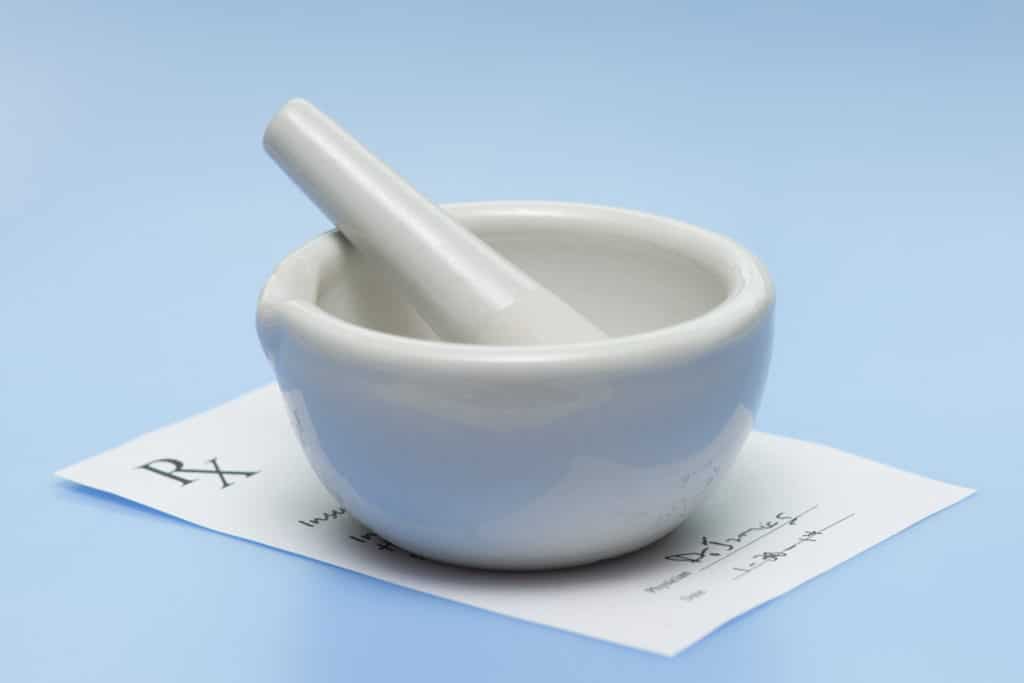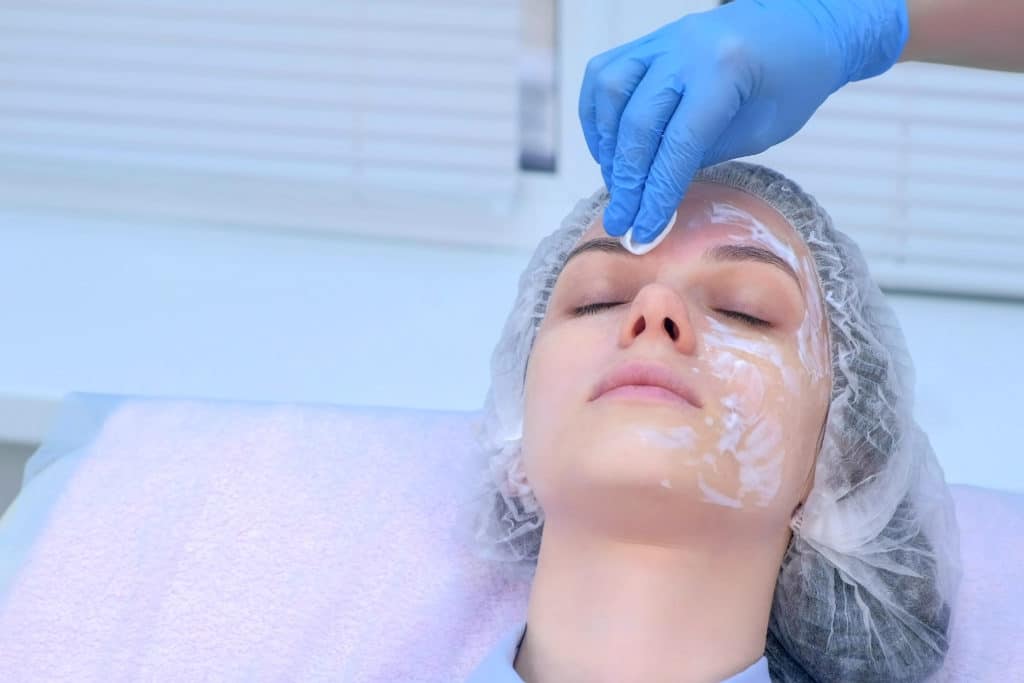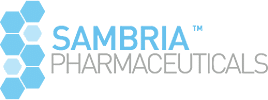BLT Topical Compounds
BLT Topical Compounds

Topical anesthesia is needed for common procedures such as tattoo removal, hair removal, cannula insertion, veni-puncture, suturing, wound cleaning, injection administration, cosmetic and laser procedures, tattooing, etc. The ideal topical anesthetic can provide complete anesthesia following a simple pain-free application, not contain narcotics or controlled substances, and be safe to use. The most popular local anesthetics used include: BLT Topical Compounds, TAC Topical Compounds, TL Topical compounds, lidocaine, benzocaine, tetracaine and prilocaine.
Mechanism of Action:
All local anesthetics reversibly block nerve conduction by decreasing nerve membrane permeability to sodium. This decreases the rate of membrane depolarization, which, in turn, increases the threshold for electrical excitability. All nerve fibers are affected by these agents, however, in a predictable sequence: autonomic, sensory, motor. These effects diminish in reverse order. The onset time and duration of topical anesthetics vary among each.
Distinguishing Features:
Since the mechanism of action of each is similar, local anesthetics should be selected based on their pharmacodynamic and pharmacokinetic features. Ideally, the agent should possess low potential for systemic toxicity, have a rapid onset of action, have a duration of efficacy long enough to complete the intended procedure, and cause limited, transient, if any, skin irritation. The anesthetic should be easy to apply and remove, without leaving any gritty or oily residue.
BLT Cream for Cosmetic Procedures

Triple-anesthetic BLT topical compounds containing benzocaine, lidocaine, and tetracaine (BLT) have been reported to be effective when applied prior to laser procedures. Cosmetic Dermatology 2003 Apr;16(4):35-7
Anecdotally, BLT Topical compounds have a reputation for providing a high degree of efficacy when properly applied prior to a myriad of superficial cosmetic procedures. Benzocaine is known to produce a fairly rapid onset of action while lidocaine and tetracaine produce a medium to long duration of efficacy. When used appropriately on small surface areas, the reputation of BLT topical compounds are that they are generally, reasonably well tolerated and very effective.
Challenges procuring, storing and using this type of topical anesthetic include (among others):
- Regulatory compliance,
- short shelf life (45 days),
- lack of modular capability (all three in combination may not always be medically necessary),
- time to effective onset of action,
- dosing precision,
- product quality assurance and uniformity.
- when supplied in multi-use jars, risk of cross contamination
“Unicorn” BLT topical compounds (or other effective topical anesthetic), have an extended shelf life, be compliant when produced and supplied in bulk, have a rapid onset of action, both an adequate duration, a simple, painless method of administration and an effective method of API delivery into the skin while limiting systemic entry.
What safe and effective alternatives may serve to overcome some of the associated challenges, while still maintaining a combination of ease of set up and removal, efficacy, duration of efficacy and acceptable safety profiles? The “holy grail” of topical anesthetic agent(s) or device(s) will satisfy the needs while eliminating the challenges. The question then will be, is it possible for one agent or modality to provide all or most of these attributes, or will it require a combination of two or more? At present, it seems that properly formulated BLT topical compounds satisfy the needs for more aggressive, pain causing procedures, while some of the other effective alternatives satisfy needs for less aggressive and ablative procedures that also cause varied degrees of pain.

